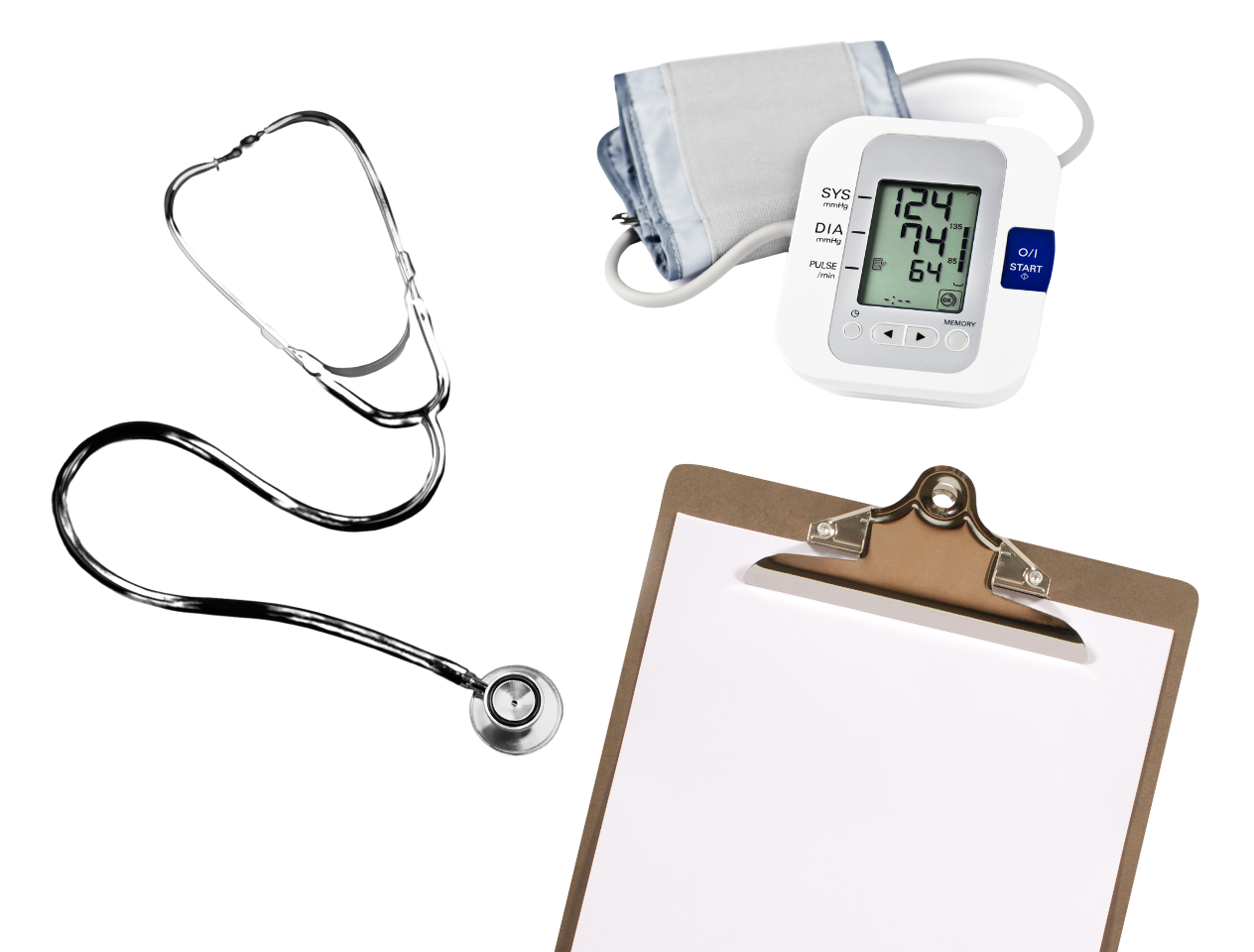What is a midwife?
The word midwife derives from the Latin term ‘obstetrīx’, with obstāre translating to ‘to stand in front of’ and the feminine suffix ‘trīx’. Meaning the ‘obstetrīx’ would literally stand in front of the baby as it was being born.
Midwives are specialists when it comes to normal pregnancies and birth with diverse responsibilities. They are responsible for providing care and supporting women to help them make informed decisions about their care.
A big part of their role is to look after a pregnant woman and her baby through a phase of antenatal care, during labour and birth, and up to 28 days after birth.
They work in a lot of different environments and health settings in urban, remote, and rural settings. These can range from:
- Maternity unit in a large general hospital
- Smaller stand-alone maternity units
- Private maternity hospitals
- Group practices
- Birth centres
- With general practitioners
- In the community
There are two different types of midwives that work in the NHS, hospital midwives and community midwives.
Hospital midwives will be based in a hospital obstetric, a birth centre or midwife-led unit, or a consultant unit. They will also staff the antenatal clinic, labour wards, and postnatal wards.
Meanwhile, community midwives will usually work in teams to provide a degree of continuity of care. They will visit patients either at their houses or at a clinic. They will also be available for a home birth when the patient goes into labour, but they may also go into the labour ward in the hospital with them.
Midwives usually work with other midwives or as part of a small team. They can also work with other health professionals such as obstetricians, neonatologists, anaesthetics, health visitors, support staff, and general practitioners.
Role of a midwife
A midwife will perform a lot of different tasks. Here’s what they could do day-to-day:
- Provide full antenatal care, including parenting classes, clinical examinations, and screening.
- Identify high-risk pregnancies.
- Monitor women and support them during labour and the birthing process.
- Teach new and expectant mothers how to feed and care for their babies.
- Check health and wellbeing of the baby.
- Advise a healthy lifestyle, giving information and support about things like healthy eating, exercising, and stopping smoking.
- Help pregnant women and their partners for labour, birth and the early postnatal period.
- Support patients’ mental well-being and help you access support if you need it.
- Watch out for any potential complications, like pre-eclampsia, and refer them to other health professionals if needed.
- Talk to patients about any symptoms they are concerned about or any worries they have.
- Help patients make a birth plan, which includes deciding where they want to give birth.
- Help patients to have a safe birth.
- Put you in touch with any other support you may need, such as mental health support.
How to become a midwife
You will need to take a degree-level programme that has been approved by the Nursing and Midwifery Council (NMC). This could be a full-time undergraduate degree or a post-graduate degree, or even a midwifery degree apprenticeship.
You are likely going to need three A Levels or equivalent Level 3 qualifications, as well as supporting GCSEs. It is important to remember that entry is competitive, so high grades at A Level (or the equivalent Level 3 qualifications) may be needed.
You can also get into university via an Access to HE Midwifery course, find out more below.
Access to Midwifery
One alternative to studying A Levels to get yourself into university is the Access to HE Midwifery Health course, where you’ll study a range of healthcare-related subjects that will ease you into your degree.
It is a two-year course and in the first year, you will explore the subject of human biology and various factors that affect human health. Meanwhile, in the second year, you will explore more about psychology, the fundamental principles of values-based healthcare, and how you can promote the health of your patients.
The course is equivalent to three A Levels to gain you the equivalent amount of UCAS points needed to support your university application.
Midwifery salary
Midwives are paid according to a fixed pay scale, known as the Agenda for Change.
- Newly qualified midwives are set at Band 5, which starts at £25,655.
- You can then progress to Band 6, which ranges from £32,306 to £39,027.
- Salaries at Band 7, where you’ll be working at a more senior level, e.g., managing a team, are in the region of £40,057 to £45,839.
- One of the highest-paid positions in nursing is as a nursing consultant where salaries start on Band 8b to 8c, which ranges from £54,764 to £75,874.
How long does it take to become a midwife?
Access to HE Midwifery courses takes two years which will get you into university, meanwhile, an approved full-time midwifery course will take three years to complete. Half of your time will be spent at university, whereas the other half is spent gaining practical, supervised experience in a range of settings. If you are already working in a relevant role, it is possible to take a part-time course that lasts five or six years.

